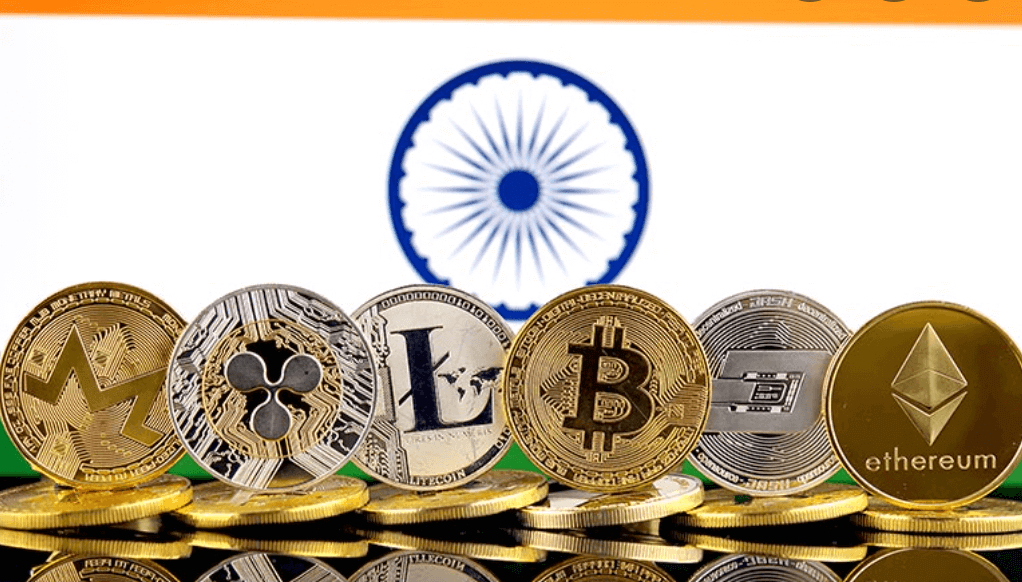
The Reserve Bank of India has been instructed to issue a digital rupee before the end of the year, according to Indian authorities. To generate revenue, they propose imposing a 30% income tax on cryptocurrency and non-fungible tokens.
Nirmala Sitharaman, the country’s finance minister, introduced the country’s 2022 budget in January 2022 and the two new initiatives she outlined.
The bitcoin tax is the first item on the list under a section labeled “Revenue Mobilization.”

India’s short-term capital gains tax rate is 15 percent, which is lower than the global average. To extend India’s tax base, the budget document recommends a 1 percent tax on the sale of cryptographic assets, which would be borne by the parties to the transaction. Parties to the transaction would be responsible for paying the tax.
Another cryptocurrency-related initiative will result in crypto traders no longer being able to deduct their losses from their taxes. This time around, the proposal is portrayed as raising funds.
Indian budget predictions indicate that new cryptocurrency taxes will not generate any money in the current fiscal year. In any case, we’ll have a look into it further.
If all goes according to plan, a digital currency may be in use by the end of this fiscal year. During her budget speech, Minister Sitharaman stated that implementing a digital rupee will “lead to a more effective and cheaper currency management system.”
It was only a brief reference of “blockchain and other technologies” that was made to describe the currency’s implementation or application. According to the plan, India would join a select group of countries with a functioning central bank digital currency by the fiscal year 2022-23.
A large-scale test is currently underway in China, and digital money is accepted in Nigeria and the Bahamas. Pilot projects on a smaller scale are also being carried out. However, given India’s ongoing efforts to digitize practically every part of its government, introducing a digital rupee isn’t a groundbreaking move.
Google makes its first foray into the Indian market. The Digitization Fund for Telecommunications Companies was established in 2009. Airtel Bharti is a telecommunications company based in India.
According to reports, the Indian government is considering establishing an alternative to Android and iOS based in the country.
HCL Technologies has made some changes to its notorious bonus clawback policy.
As the Great Resignation drags on, Wipro, Infosys, and TCS are forced to deal with the misery of losing their personnel.
To make the digital rupee a viable alternative to currency, it is necessary to ensure that all Indian communities have access to high-speed internet. A consequence of this is that the federal budget contains more funding to encourage the usage of optical fiber. In addition, national digital health platforms and public-private partnerships for farmers are included in the proposed budget.
There will be discussions about the use of drones by farmers and the development of efforts to assist drone start-ups and the establishment of drone services.
It was also announced that datacenters and energy storage devices such as grid-scale batteries would be included in India’s “harmonized list of infrastructure,” another technological development. When investing in these types of facilities, sovereign wealth and pension funds can take advantage of a tax cut on dividends and capital gains due to this categorization.
Investors may not be alarmed by India’s ambitions because the value of critical cryptocurrencies has grown somewhat in the last 24 hours, according to CoinMarketCap. Returning to the subject of cryptocurrencies, India had already considered the potential of imposing a ban on digital money. Although India’s tax ideas are unusual globally, the budget plan ensures that a vast market can continue to purchase and trade digital currencies, certificates of ownership of other digital assets.
